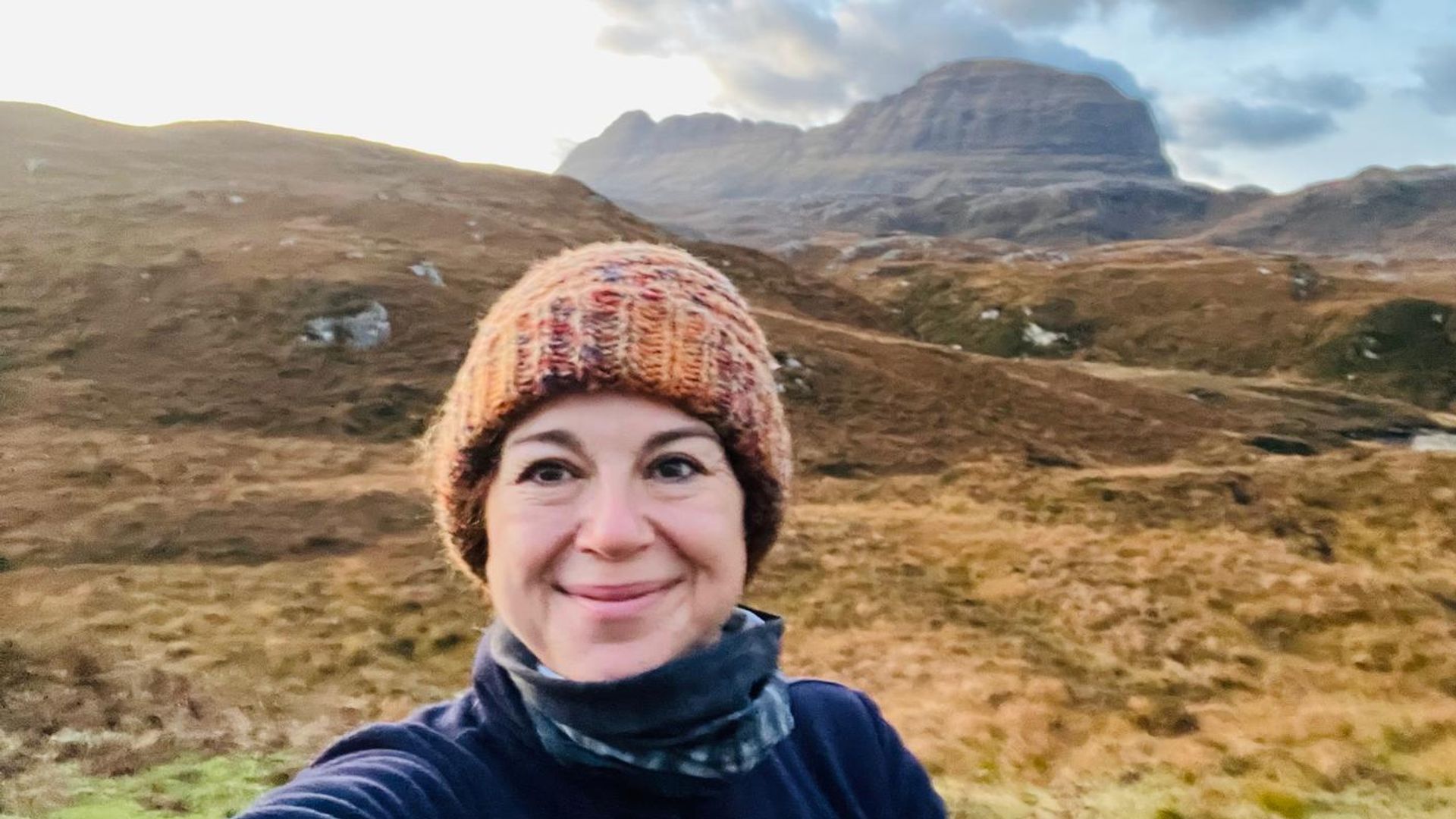
PORTLAND, Maine — In 1898, Chansonetta Stanley Emmons’ husband, James, died after a sudden bout of blood poisoning at the age of 41.
All at once, Emmons found herself a 37-year-old widow and single mother with a 7-year-old daughter living in a Boston suburb, hundreds of miles away from her family home in western Maine.
But, amid the sudden change in fortune, Emmons also discovered her true calling, one that would occupy her eager mind, and satisfy her creative curiosity, for the rest of her life.
Photography.
Emmons, a trained teacher and painter, spent the rest of her life making photographs all over the United States and Canada, while always paying special attention to her home state, its characters and agrarian life.
At the 20th century’s dawning, Emmons knew she was witnessing the fading, final days of an older version of Maine and used her camera to capture, document and preserve what she saw for future generations.

Now, the Maine Historical Society in Portland has mounted a new in-person, and online, exhibit featuring some of Emmons’ celebrated work from the late 19th and early 20th century.
Called “Chansonetta Stanley Emmons: Staging the Past,” the show is curated by Tilly Laskey, based on scholarship by Emmons’ biographer Marius B. Peladeau and the Stanley Museum.
The Stanley Museum, located in Emmons’ hometown of Kingfield, owns the Chansonetta Stanley Emmons Photographic Collection, which is currently deposited at the Maine Historical Society.
“I can’t let it alone and find it very fascinating, so much so that I have not painted a stroke since I got the camera,” Emmons wrote in a letter, just before her husband’s death.
Emmons was writing to Freelan Stanley, one of her six brothers who — along with his twin sibling, Francis — later became famous for manufacturing Stanley Steamer automobiles. Before their steam car venture, the pair first invented a dry, photographic glass plate negative formula and mass-manufacturing method.
Their patented photographic technology made them rich, especially after selling the operation to Kodak.
They invested their fortune in cars, hotels and their sister, supporting her and daughter Dorothy for the rest of their lives. The financial assistance enabled Emmons to eschew commercial photography and focus on her art, alone.
The current historical society show highlights Emmons’ pictures of rural, farm life in the Pine Tree State.
Often photographing her elderly, western Maine neighbors, Emmon’s carefully recreated every-day scenes in staged, but never stodgy, tableaus. The pictures, all bathed in natural window light, recall old master paintings from Europe.
In one photo, a woman shells peas into a basket on her lap. In another a young Dorothy stacks cobs while an older gent husks corn.
One deceptively simple image shows two elderly women, clad in clean dresses and crisp aprons, sitting in chairs, facing each other in a kitchen.

But upon closer inspection, the photo reveals many more wonderful period details including ornate shelf brackets, a patterned floor covering, stacked books and newspapers and rich, wood-paneled doors.
The exhibition’s lead image depicts a woman in a long skirt, drawing water from a well amid an explosion of hollyhocks and other garden flowers.
Sometimes Emmons’ work — like that of other women photographing domestic life at that time — is dismissed as sentimental and trite, longing for an idealized past that was well over by the time she made her pictures.
Laskey disagrees.
“I don’t think she was really being nostalgic,” Laskey said. “I really feel like that’s the way her neighbors were living.”
In the book “Maine Photography, 1840-2015,” Maine historian Libby Bischof points out that most of Maine lagged well behind big American cities in terms of technological advances.
“The agrarian ideal was very much alive and well in Maine when these women were photographing,” Bischoff wrote, “and although these photographers did, at times, stage some of their images, or overemphasize old ways, they also captured the way parts of rural Maine actually looked in this era.”
One of the most powerful photos in the exhibit is a direct, frontal portrait of the bearded Rev. Emery Butts, taken in 1901.
With a gaze looking directly into the camera lens, the picture is both traditional and thoroughly modern at the same time.
It’s a formal, head-and-shoulders portrait but the subject looks totally at ease in the photograph. Laskey reckons it shows how comfortable Emmons could make her subjects, even when photographing them with the slow, bulky wooden cameras of the day.
“She had a gift for making people comfortable and getting people to trust her, even though she was a perfectionist,” Laskey said.
The current show also zeros in on Emmons’ rarely seen hand-painted lantern slides.

Around 1925, the photographer printed many of her best photos onto large, glass slides, which could be projected on a screen in a darkened room. Emmons’ daughter, Dorothy, then hand-tinted them all, giving the images an almost lithographic look.
The two, who were inseparable, traveled the countryside, giving lectures and presentations at churches and civic groups. By that time Emmons had lost most of her hearing, so Dorothy did the public speaking while her mother operated the projector.
“It was a way to get the word out about her photographs and make a little money,” Laskey said.
Emmons died in 1937 at the age of 78. Dorothy followed in 1960.
Emmons’ nephew Raymond Stanley rescued their collection of photograph prints, negatives and colored slides when the family home in Kingfield was cleared out after Dorothy’s death.
Raymond Stanley eventually donated around 1,600 items to his family’s namesake museum.
Maine Historical Society is in the process of digitizing all the images, which can be found at MaineMemory.net.
Laskey is grateful Emmons’ work was saved and is now illuminating modern Mainers as to what life looked like, way back then.
“She did it because she was an artist and it fed her soul,” Laskey said, “and she also wanted to document a life she saw was changing, rapidly.”
This exhibition runs through March 31, 2022.











